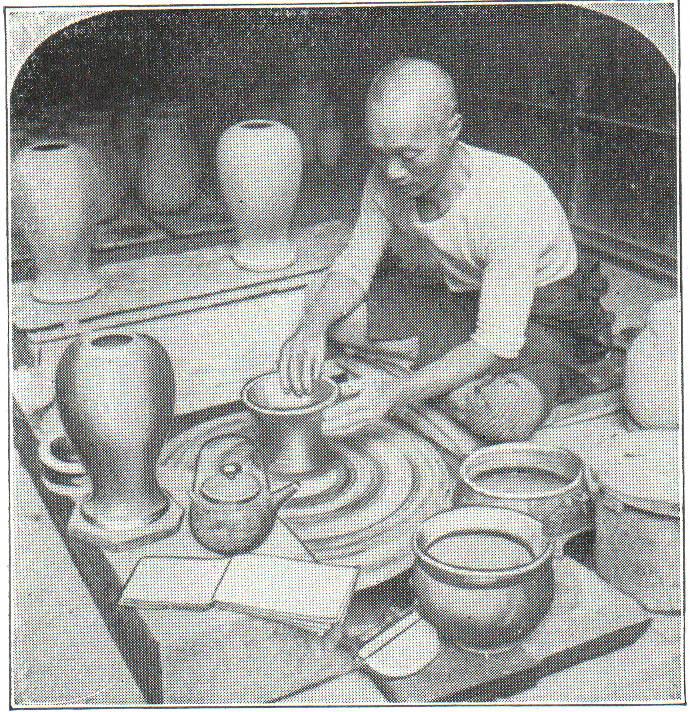|
Yaeyama Jofu
is a traditional Japanese textile made from the ramie plant that is produced mainly on Ishigaki Island in the Yaeyama Islands, Okinawa. Known for its lightness and breathability, the fabric features distinctive patterns and is used for summer kimono and obi. In 2024, Sakchiko Arakaki of Ishigaki Island was officially recognized as a Living National Treasure (Japan), Living National Treasure (Holder of Important Intangible Cultural Property) for her mastery of Yaeyama Jofu weaving. History The production of ramie cloth in the Yaeyama Islands is believed to have begun by the 15th century. Under the Ryukyu Kingdom, the cloth was presented as tribute. After the Satsuma Domain invaded the Ryukyu Islands in 1609, residents were taxed with fabric production, and head poll tax was levied in the form of handwoven cloth. During the 18th and 19th centuries, Yaeyama jofu developed its own identity, distinct from Miyako jofu, with a focus on bold kasuri patterns. A new technique called w ... [...More Info...] [...Related Items...] OR: [Wikipedia] [Google] [Baidu] |
Japanese Textile
Traditional in Japan have a long tradition and history. Included in the category of traditional crafts are handicrafts produced by an individual or a group, as well as work produced by independent studio artists working with traditional craft materials and/or processes. History Japanese craft dates back to when humans settled on its islands. Handicrafting has its roots in the rural crafts – the material-goods necessities – of ancient times. Handicrafters used naturally- and indigenously occurring materials. Traditionally, objects were created to be used and not just to be displayed and thus, the border between craft and art was not always very clear. Crafts were needed by all strata of society and became increasingly sophisticated in their design and execution. Craft had close ties to folk art, but developed into fine art, with a number of aesthetic schools of thought, such as , arising. Craftsmen and women therefore became artisans with increasing sophistication. However, w ... [...More Info...] [...Related Items...] OR: [Wikipedia] [Google] [Baidu] |
